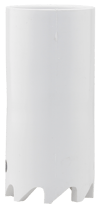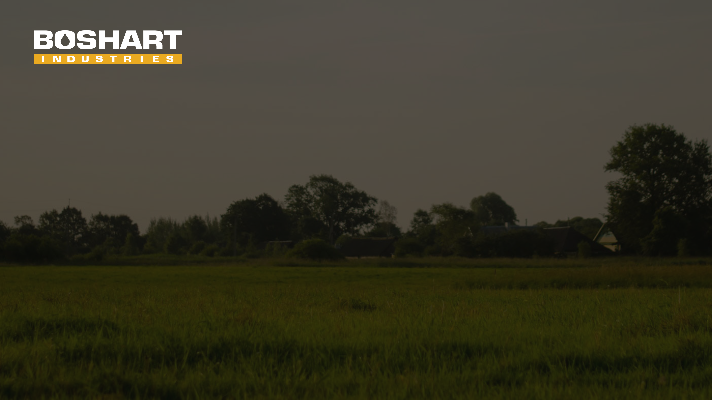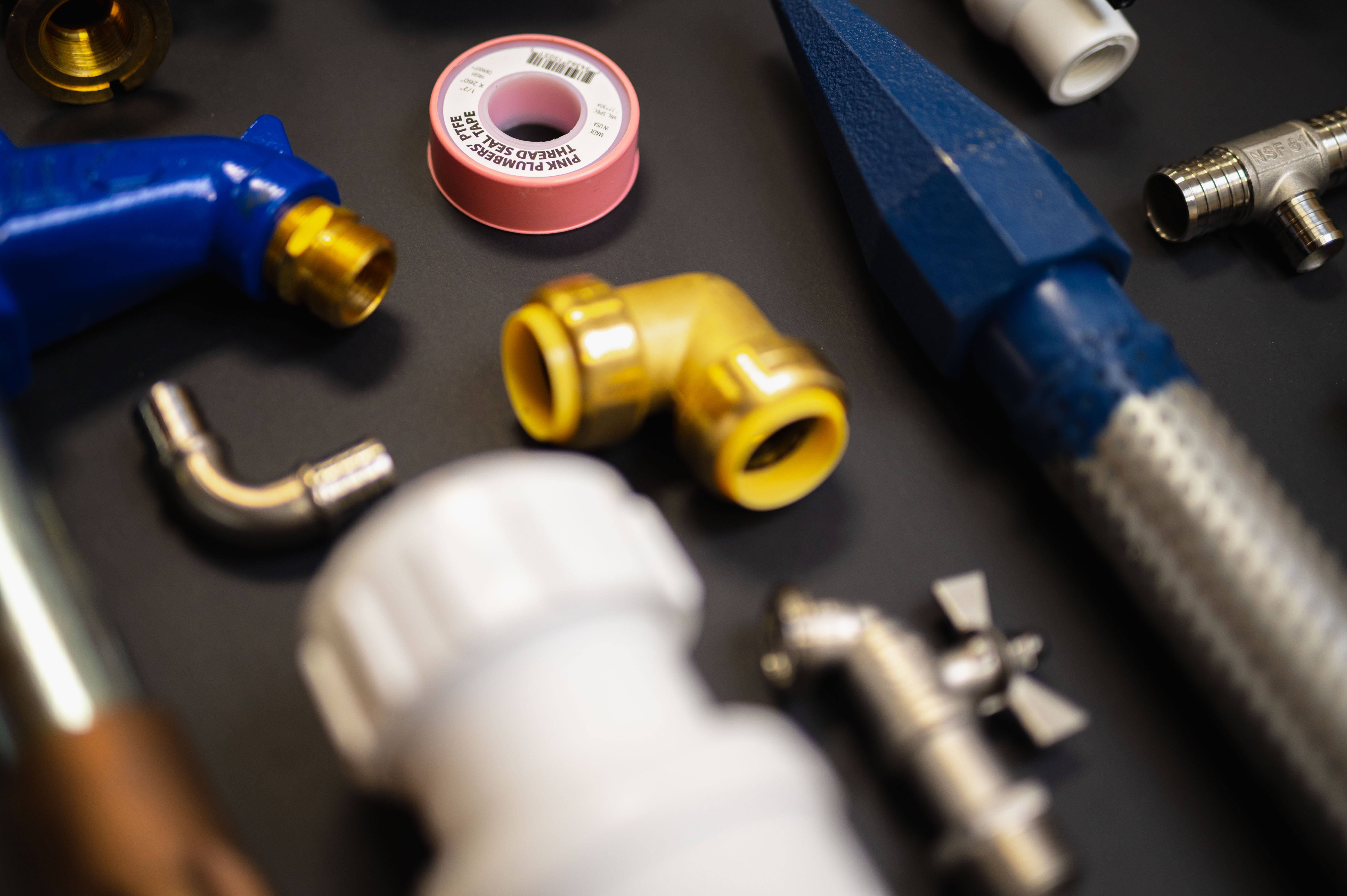Ever wondered what the main responsibility of a Well Point is? Since they belong deep down in the ground, you don't come across them that often once they have been installed. You may not be able to see them work but you have probably run into the water they help produce.
In this blog, we will look closely at the function of a well point and help you verify what size well point is most preferred for your specific application. Well points have a couple different names including Sand Points, Drive Points or Drive Well Points. To not make it too complicated, we will be referring to them as well points throughout the blog.
What are Well Points?
A Well Point is a piece of pipe that has openings large enough to allow water to enter but also small enough to keep the water-bearing formation in place. There are a variety of well point designs but we are going to look at PVC well points and PVC well Screens.
PVC Well Points are commonly found in Residential, Irrigation or Water System applications as they are best used with sand or light gravel. Well points are frequently used by people who own rural or country homes and require their own primary or secondary water supply system.
Depending on the depth and the soil the well points need to travel through, they are paired with either a jet pump or hand pump and drive couplings. The well point is then drove into the ground, passing the soil and clay until it has reached water bearing gravel and sand.
When selecting which well point size opening to go with you will need to determine the granular size of the sand in which it will work with. Typically a screen type well point uses a 60 gauge for coarse sand, 80 gauge for medium sand and 100 gauge for fine sand. Something to keep in mind!
Well Points VS Jet Points
Jet points are extremely similar to well points but the main difference is jet points offer simplicity as they are directly attached to a well screen. This eliminates the added expense of a wash down valve and any other additional materials and labour.
Jet points are uniquely designed to allow for maximum fluid circulation and powerful jetting action. They are most popularly used for quick installation and development of single or multi well monitoring and residential applications.
PVC Well Screens
 As you can see in the picture on the left, all screens are slotted horizontally in order to provide extreme strength against collapsing due to sand pressure. The horizontal slots also allow more open area per foot compared to vertical slotting. If a screen becomes plugged by aggressive water, they can be cleaned out with ease and without damaging the actual screen. The horizontal screens are most ideal for use in natural or artificial gravel packed wells like irrigation wells, canals and ponds.
As you can see in the picture on the left, all screens are slotted horizontally in order to provide extreme strength against collapsing due to sand pressure. The horizontal slots also allow more open area per foot compared to vertical slotting. If a screen becomes plugged by aggressive water, they can be cleaned out with ease and without damaging the actual screen. The horizontal screens are most ideal for use in natural or artificial gravel packed wells like irrigation wells, canals and ponds.
Wash Down Valves
A wash down valve efficiently allows the washing down of well screens for shallow irrigation wells. They can attach to any 1-1/4" or 2" well screen or casing. When attached to any source of water pressure, like a garden hose, the female thread allows for an easy one step wash down. Once the water pressure is removed, the internal valve seals off the bottom to prevent any sand from entering.
Being aware of the main function of a well point is a good start to using them to their full potential. Doing research of what exactly a product is before you install it is the key to a successful and smooth installation. Well, any stress free process is the point, right?
Have further questions about this subject?

Head over to Boshart's Knowledge Base: technical product information, guidelines, and more.




![[Video] The Basics on Water Filtration](https://blog.boshart.com/hubfs/36.jpg)
SHARE